-
8,091m (26,545ft)
-
Flight, vehicle
-
3-star hotel/teahouses/camps
-
Annapurna Region
-
Kathmandu/Kathmandu
-
Challenging
-
Late Spring and Autumn
-
Gangapurna, Fishtail, Manaslu, Dhaulagiri
-
Northwest face
Overview
Annapurna is well-known for mountaineers worldwide, as it was the first of the 8000m mountains ever climbed. This astounding peak makes a remarkable impression among any mountaineer. Historically, it has been the most challenging mountain with the highest fatality rate. Overly steep terrain, extreme weather conditions, and risk of avalanches make Annapurna an impressively challenging mountain.
Annapurna is a 55km long massif in the Himalayas in the north-central part of Nepal. Annapurna I is the highest among more than 30 peaks above 6000m, and the 10th highest mountain in the world. Besides that, the other four peaks sharing the same name as Annapurna include Annapurna II (7,939m), Annapurna III (7,555m), Annapurna IV (7,525m) and Annapurna South (7,219m). The Annapurna massif and its surrounding area welcome thousands of visitors every year to witness the miracle of nature.
The massively popular Annapurna region includes some of the world’s classic trekking trails like the Annapurna Circuit. It lies within the first and the largest conservation area of Nepal, the Annapurna Conservation Area.
The fascinating mountains and the rich natural biodiversity of the surrounding sanctuary and conservation area adds value to the Annapurna expedition.
Climbing Annapurna is not for the faint-hearted and the inexperienced. It requires skills, determination, preparation, and logistics of the highest degree. Particularly the south face of the mountain remains as the biggest challenge in the history of mountaineering. It is an extremely steep wall of rock that rises 3000 meters, making it one of the most challenging climbs in the world.
You will be using the northwest face, which has a normal and easy route to the summit. Or, if you wish to attempt from any other route, you can have that option too. For this expedition, you will set up 5 camps, including the Advanced Base Camp.
Advanced Base Camp: The Advanced Base camp has tents set up for specific purposes at 4200m. All your supplies, equipment, food, and accommodation are stored here. The ABC is a bit far from the regular Annapurna Base Camp, a popular trekking destination.
Camp I: Camp I is set up at 5200m. This part of the climb includes mixed terrain. It is a technical section of ridge rock and glacier, protected from avalanches.
Camp II: Camp II is at the altitude of 5700m above a snowy terrace. It is moderately difficult and considered as the crux of the route. This section is safer and easier than the other sections, but there are a few tough sections.
Camp III: Camp III is at 6500m and is one of the hardest and longest sections. It involves 800 meters of climbing, which is easy but exposed to brutal weather conditions.
Camp IV: Climbing from Camp III to Camp IV seems shorter. However, it is at an altitude of 7100m. Thus, even a small effort feels like a lot due to low oxygen. This section involves a 3-hour climb on a steep snow wall prone to avalanches during Spring.
A Short History of Annapurna expedition:
Annapurna has a glorified history and the saddest one too. It was the first mountain above 8000m ever climbed. However, since the first ascent by Maurice Herzog and Louis Lachenal of the French expedition team on 3rd June 1950, it has become the least climbed the peak. Annapurna also has the highest fatality rate.
Is This Expedition Right For You?
- If you’re looking for the ultimate mountaineering challenge, then there’s no other mountain compared to Annapurna. Be it in terms of technicality or logistics, Annapurna is the ultimate one.
- Climbing Annapurna is challenging as well as cheaper than the Everest expedition.
- If you have prior experience of climbing an 8000er, you can opt for Annapurna as you will have a team of experts to guide you. However, you do need to have a sufficient skillset needed for mountaineering.
- If you want to visit the classic trekking region of Annapurna, this expedition is the right choice for you.
Day to Day Itinerary Table – Annapurna Expedition
| Days | Itinerary | Altitude(in meters) | Duration(in hours) |
|---|---|---|---|
| Day 01 | Arrive Kathmandu & Transfer to Hotel | 1400 | - |
| Day 02 | Prepare for expedition | 1400 | - |
| Day 03 | Briefing at Ministry of Tourism of Expedition | 1400 | 1-2 hours |
| Day 04 | Drive to Pokhara and to Beni | 899 | 8-9 hours |
| Day 05 | Drive to Lete | 2300 | 3 hours |
| Day 06 | Trek to Jungle Camp | 2900 | 4 hours |
| Day 07 | Trek to Miristi Khola | 4260 | 5-6 hours |
| Day 08 | Trek from Miristi Khola to Annapurna-BC | 4200 | 4-5 hours |
| Day 09-Day 38 | Climbing Period of Annapurna 1 | 8091 | - |
| Day 39 | Trek to Miristi Khola | 4260 | 3-4 hours |
| Day 40 | Trek to Jungle Camp | 2900 | 4-5 hours |
| Day 41 | Trek to Lete | 2300 | 4 hours |
| Day 42 | Drive to Beni & Pokhara | 1400 | 5-6 hours |
| Day 43 | Drive or fly back to Kathmandu | 1400 | - |
| Day 44 | Free Day in Kathmandu | 1400 | - |
| Day 45 | Annapurna First Expedition ends / Final Departure | 1400 | - |
Why You Will Love This Annapurna Expedition
- You will be climbing one of the most challenging climbs of your lifetime. Just that is enough to get you excited for the climb if you’re an avid climber.
- You will be climbing the world’s 10th highest mountain above 8000 meters.
- For this expedition, you’ll be trekking through the world-renowned Annapurna region and its classic trekking trails.
- You will be at safe hands with trained guides who are experts in climbing, planning, and arranging expeditions.
- You will be trekking through a region rich in its natural biodiversity and home to the gutsy Gurungs known for their kindness and bravery.

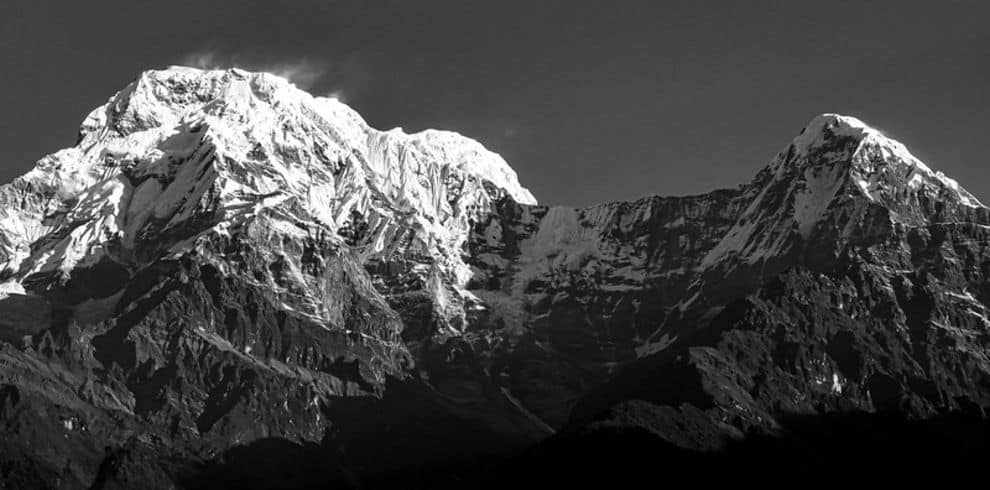
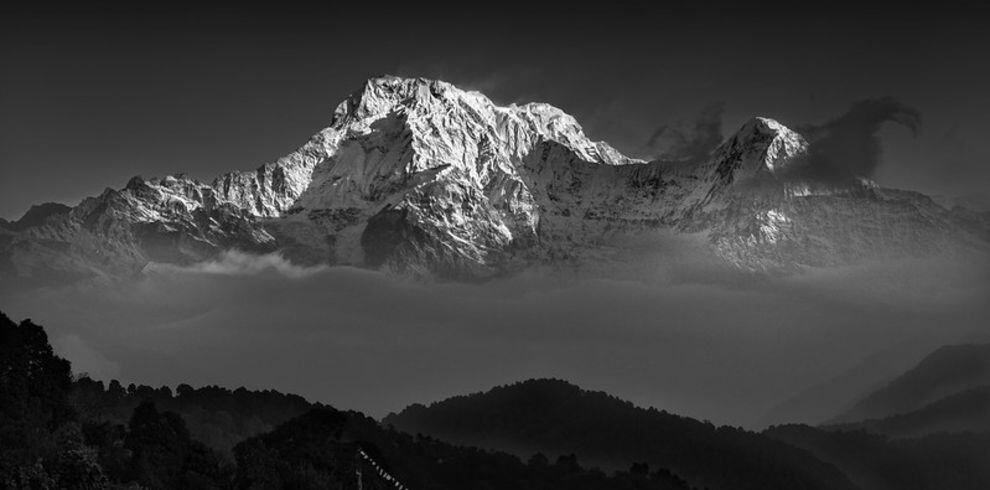
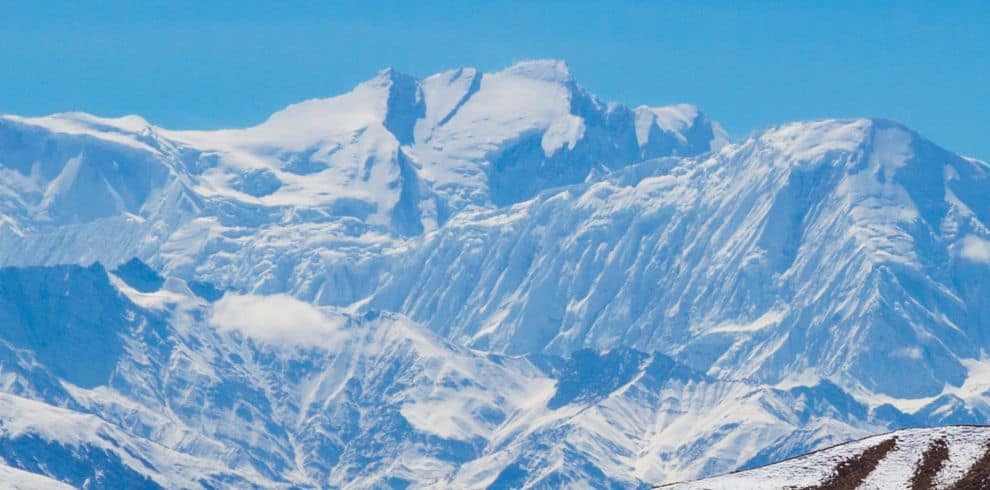
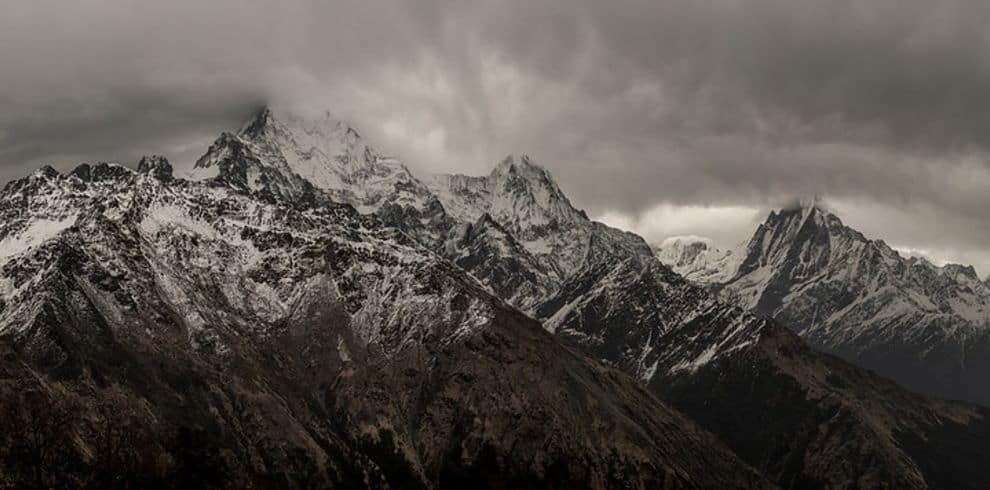
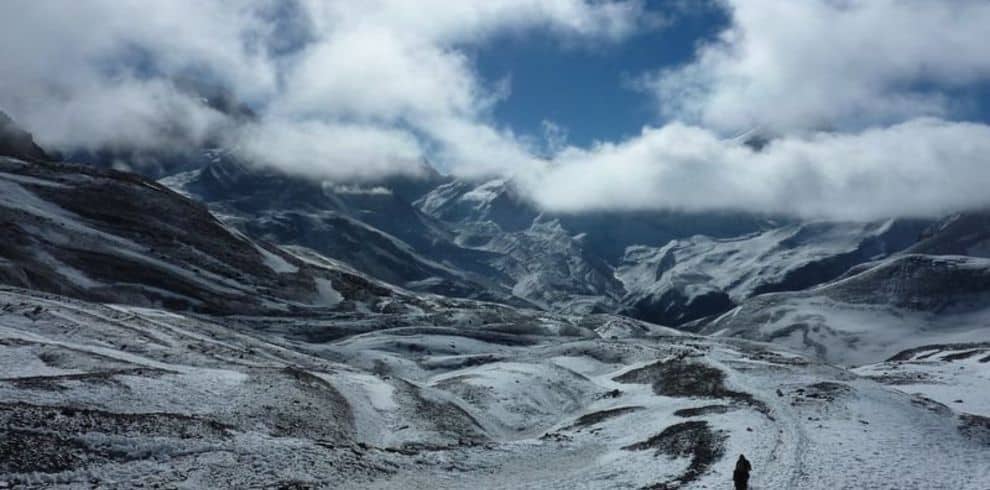
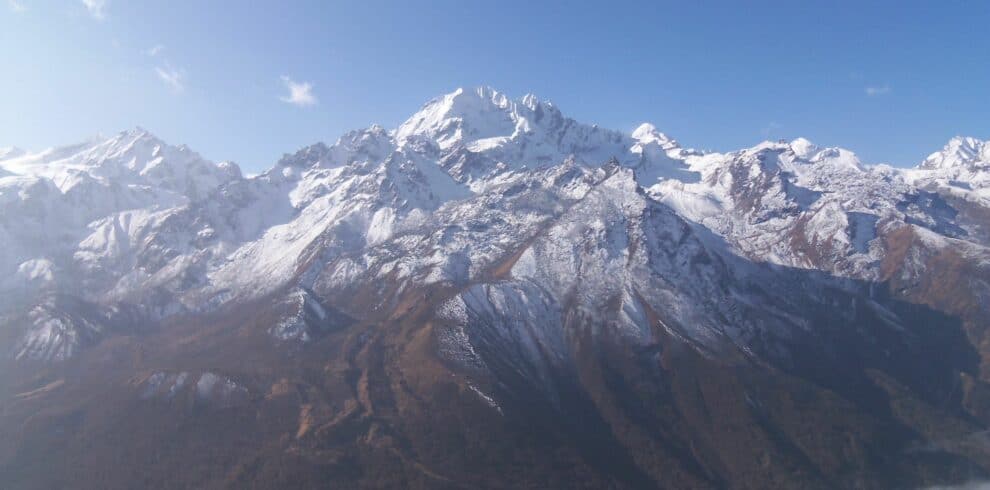
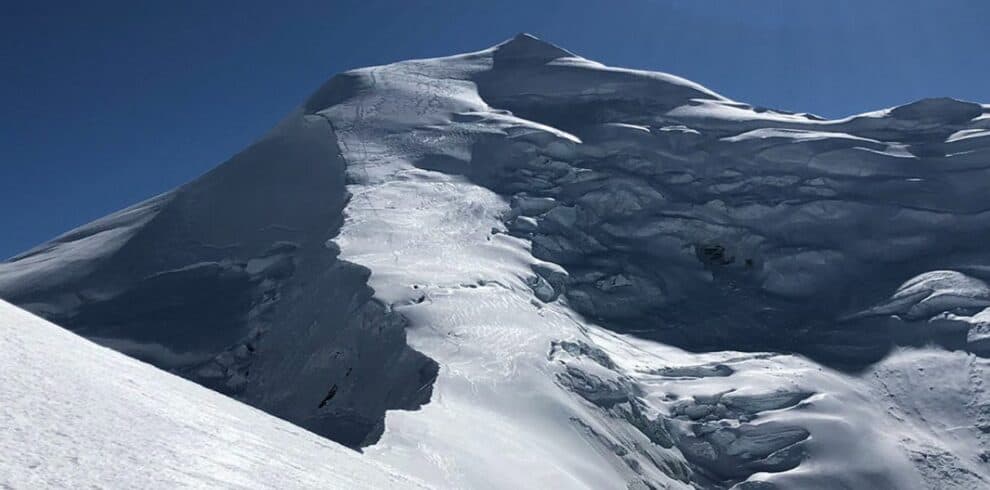
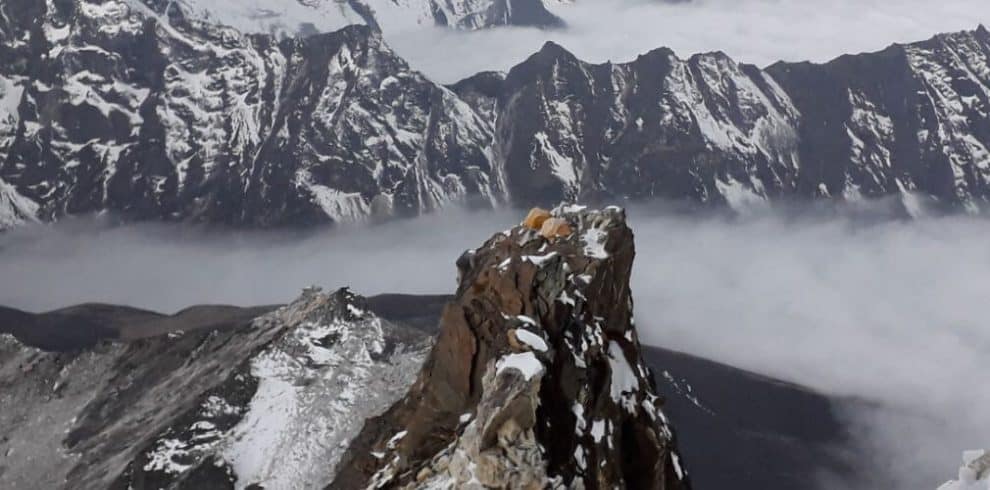
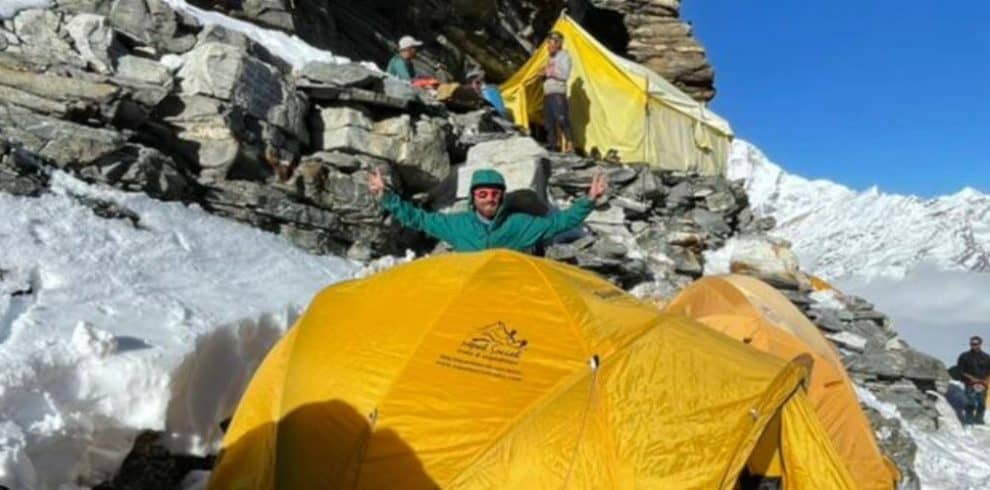
Write a Review